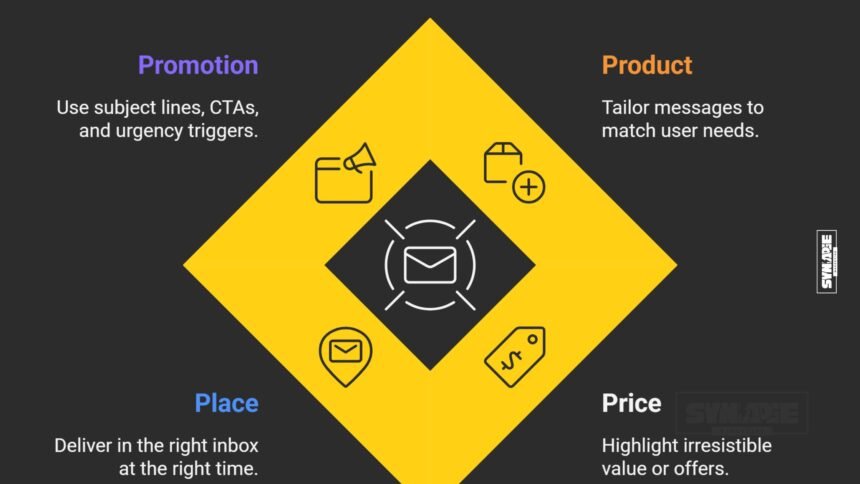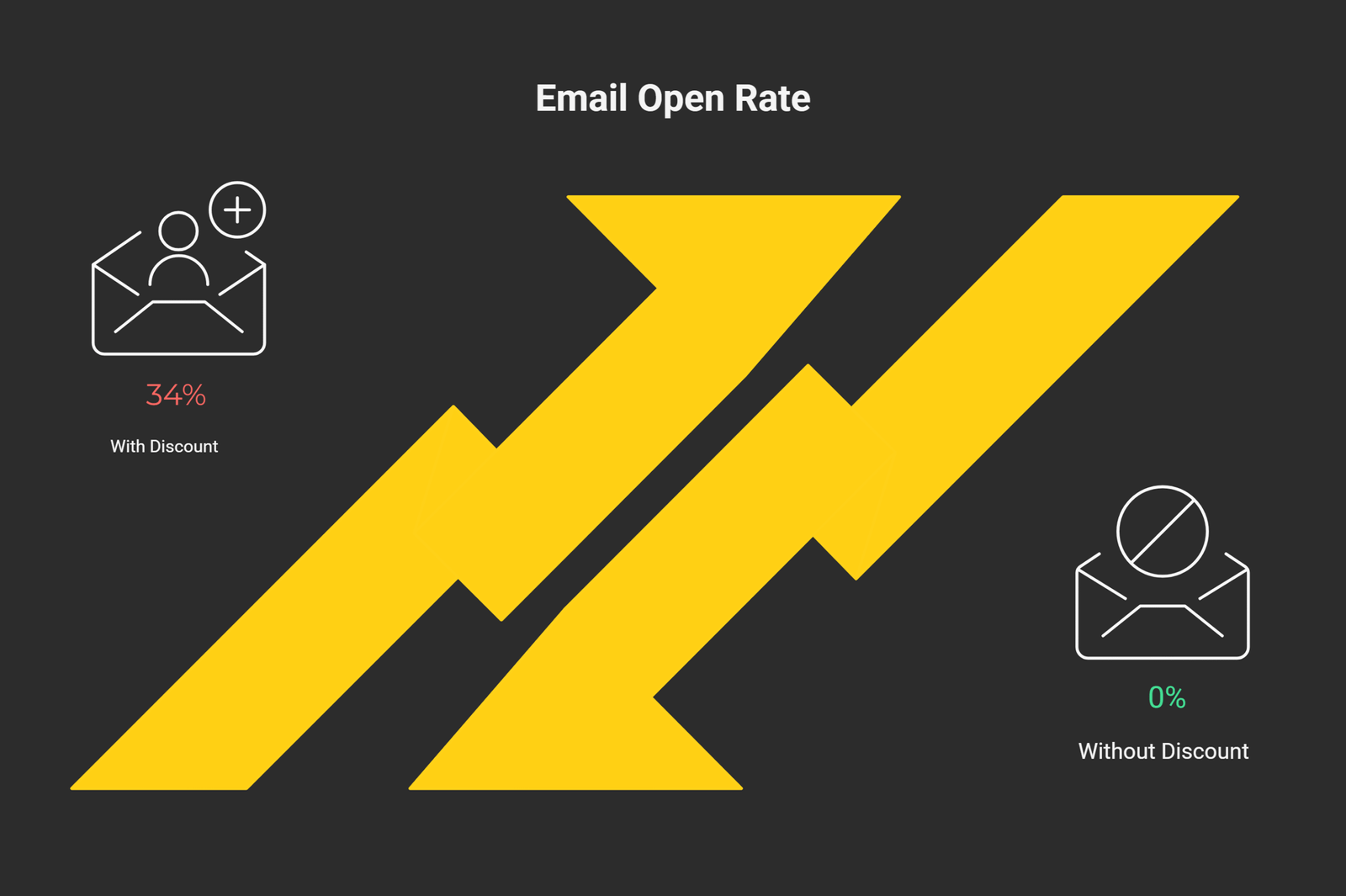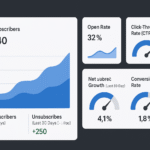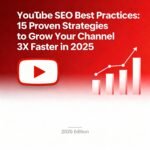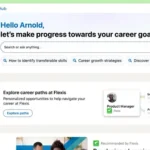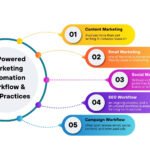If you’ve ever wondered “What Are The 4 Ps of Email Marketing?”, you’re not alone—and you’re asking the right question. While the 4 Ps—Product, Price, Place, and Promotion—were born in the age of print ads and billboards, they’ve evolved into digital powerhouses inside your subscribers’ inboxes. Today, these classic marketing fundamentals are more than relevant—they’re essential to building high-converting, human-centered email marketing strategies.
Let’s break it down:
- Product becomes the core message or value you’re offering—whether it’s an irresistible discount, a knowledge-packed newsletter, or a new feature update.
- Price is all about perceived value: what the reader thinks they’re getting in exchange for their time or click.
- Place is no longer a shelf in a store—it’s your deliverability strategy: Are you landing in the inbox or getting buried in spam?
- And Promotion? That’s your punch. It’s how you get attention, inspire action, and keep people coming back for more.
Understanding this framework doesn’t just help you send better emails—it transforms how you think about campaigns. We’re talking higher open rates, stronger click-through rates (CTRs), and real conversion optimization. According to the Data & Marketing Association (DMA), email marketing delivers an average ROI of $42 for every $1 spent—but only if your strategy is structured, targeted, and grounded in what works.
So if you’re ready to move beyond guesswork and start building email campaigns rooted in timeless strategy, stick with me. In this guide, I’ll break down each “P” using real-world examples, practical tactics, and the kind of insights that get results—not just opens.
Product: The Core Value Behind Every Email
When people ask “What Are The 4 Ps of Email Marketing?”, they often underestimate just how crucial the Product is. But here’s the truth: no amount of clever design or clickbait subject lines can make up for weak value. In the inbox, your product is the reason you’re reaching out—what you’re offering your audience, and more importantly, why they should care.
Now, in email marketing, Product doesn’t just mean a physical good or service. It could be:
- A limited-time discount for loyal subscribers.
- A curated newsletter packed with insights your audience craves.
- A lead magnet like an exclusive report, checklist, or webinar.
In other words, your product is the promise of value. And if that value doesn’t resonate with the recipient, you’ll lose them faster than an unopened promo email on a Monday morning.
Make It Relevant With Segmentation
If there’s one tactic I swear by, it’s audience segmentation. Research shows that personalized emails deliver 6x higher transaction rates (Experian, 2024). Whether it’s by purchase history, behavior, demographics, or interests—tailored messaging wins every time.
Instead of blasting the same product message to everyone, ask:
- Who is this for?
- What stage of the customer journey are they in?
- What action do I want them to take?
Match Product With Email Format
Don’t just push product—package it in the right format:
- Use visual storytelling for product launches.
- Lean into curated content for newsletter subscribers.
- Offer early access or personalized bundles to VIP segments.
Drive It Home With Strong CTAs
Finally, connect your product to a clear, benefit-driven call-to-action (CTA). Think “Claim Your Free Trial” vs. “Learn More.” One implies value now; the other feels like homework.
Price: Framing Perceived Value & Incentive in the Inbox
Let’s talk Price, the second “P” in answering “What Are The 4 Ps of Email Marketing?”—and arguably the most misunderstood. In traditional marketing, price is about cost. In email marketing, it’s about perceived value. And your job isn’t to drop the cheapest deal. It’s to make your offer feel like it’s worth every click—or better yet, too good to ignore.
It’s Not About Cost—It’s About Value
A high-ticket product can still convert if the perceived value is strong enough. That’s why I always position offers based on benefits over features. Instead of “50% off a software tool,” I say, “Save hours a week with the automation tool trusted by 10,000+ marketers.”
Want subscribers to click? Speak to their goals, pain points, and return on investment.
Incentives That Drive Action
Incentives are currency in the inbox. Here’s what works:
- Exclusive deals (“Only for subscribers!”)
- Early access or VIP pricing
- Time-limited flash sales with clear expiration timers
- Bundled value offers (think: 3-for-1 or upgrade incentives)
According to Campaign Monitor (2025), emails featuring the word “discount” in the subject line see a 34% higher open rate. That’s a real ROI magnet.
But don’t just dangle a deal—anchor it with urgency. Phrases like “ending soon,” “last chance,” or “limited seats” turn passive readers into fast decision-makers.
Test Your Messaging, Not Just Your Offer
Want to fine-tune conversions? Run A/B tests on subject lines, pricing phrasing (“Save $50” vs. “Get 30% off”), or CTA wording. You’d be surprised how small shifts can trigger big lifts in click-through rate.
Place: Landing in the Right Inbox at the Right Time
When we ask “What Are The 4 Ps of Email Marketing?”, Place often gets glossed over. But in the world of inboxes, place is everything. You could write the perfect email, with the perfect offer, for the perfect audience—but if it lands in spam or the Promotions tab, it’s digital dust.
In email marketing, Place means inbox placement, timing, and how well you target your subscribers. It’s not where you send from—it’s where your message arrives, and how it gets noticed.
Start With Smart Segmentation
Let’s get real: sending the same email to your full list is a fast track to low open rates. Proper email list segmentation—based on behavior, purchase history, or even engagement frequency—ensures your content feels relevant, not random.
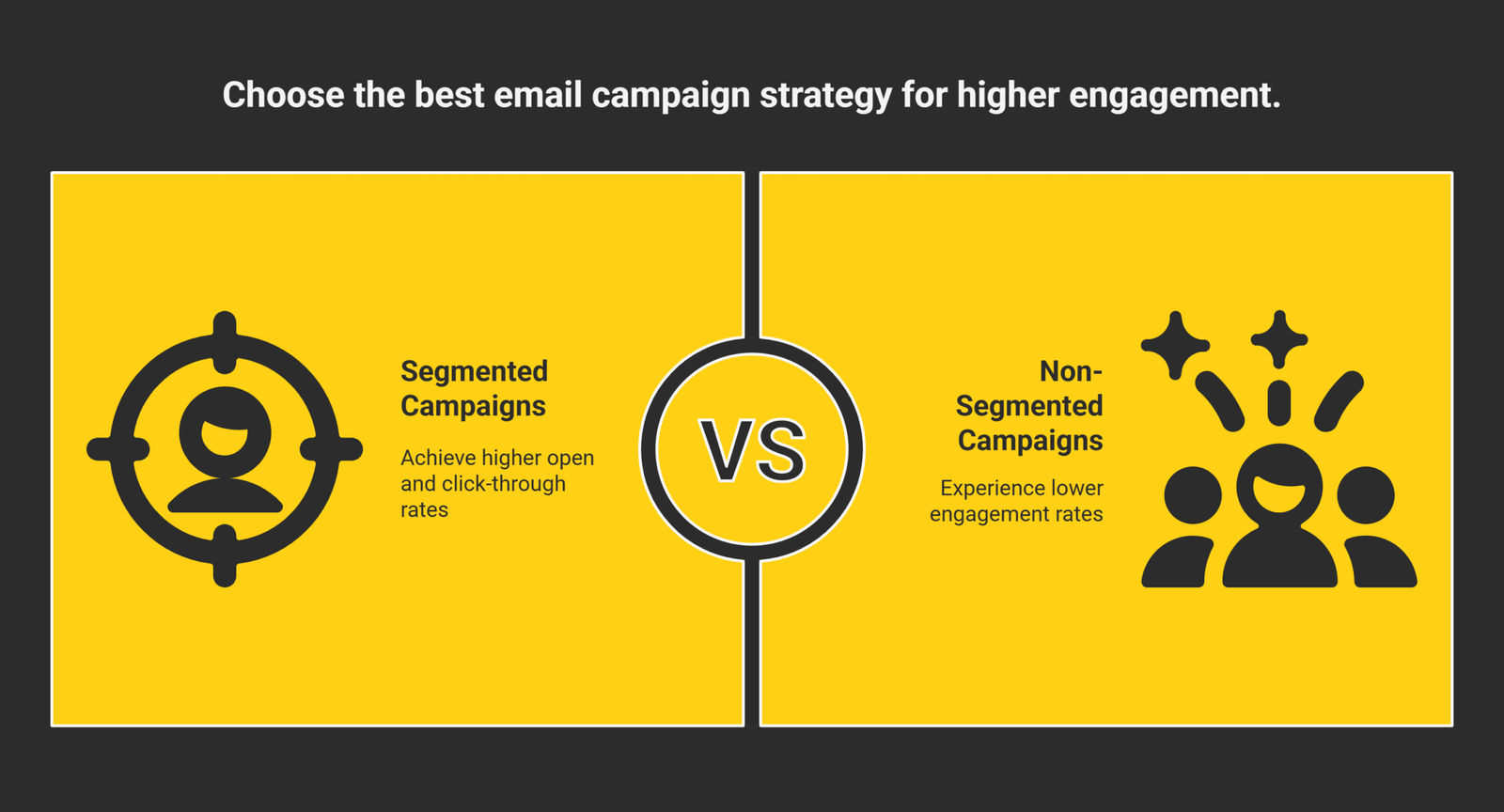
Stat drop: According to Mailchimp, segmented campaigns get 14.31% higher open rates and 100.95% higher click-through rates than non-segmented ones.
Design for Mobile First
Mobile isn’t optional—it’s standard. As of 2025, 61% of email opens happen on mobile devices (Litmus). So your “Place” isn’t just where it lands, it’s how it renders.
Best practices:
- Keep subject lines under 50 characters
- Use responsive design
- CTA buttons must be thumb-friendly
If your emails aren’t mobile-optimized, you’re losing half your audience before they even scroll.
Maintain List Hygiene
Just like a clean house feels welcoming, a clean list improves deliverability. Regularly scrub inactive subscribers, remove bounces, and watch your sender reputation rise.
A poor sender score? That’s a one-way ticket to Spamville.
Time It Right
Timing isn’t everything, but it’s close. Depending on your audience, test for optimal send windows. A B2B list may respond better midweek mornings, while a DTC brand might shine on Sunday evenings.
Use automation tools to schedule based on user behavior (open time, timezone, or engagement history).
Promotion: Driving Action and Building Momentum
If Product is what you offer, Price is the value you assign, and Place is where you deliver—then Promotion is how you get people to care. In email marketing, Promotion isn’t just about pushing a product. It’s about storytelling, positioning, and crafting a message that makes someone stop scrolling and say, “I need this.”
When done right, Promotion builds brand awareness, drives conversions, and keeps subscribers loyal, engaged, and eager for more.
Lead With Irresistible Subject Lines
Your subject line is the gateway. Without a good one, your promotion never gets seen. It’s that simple.
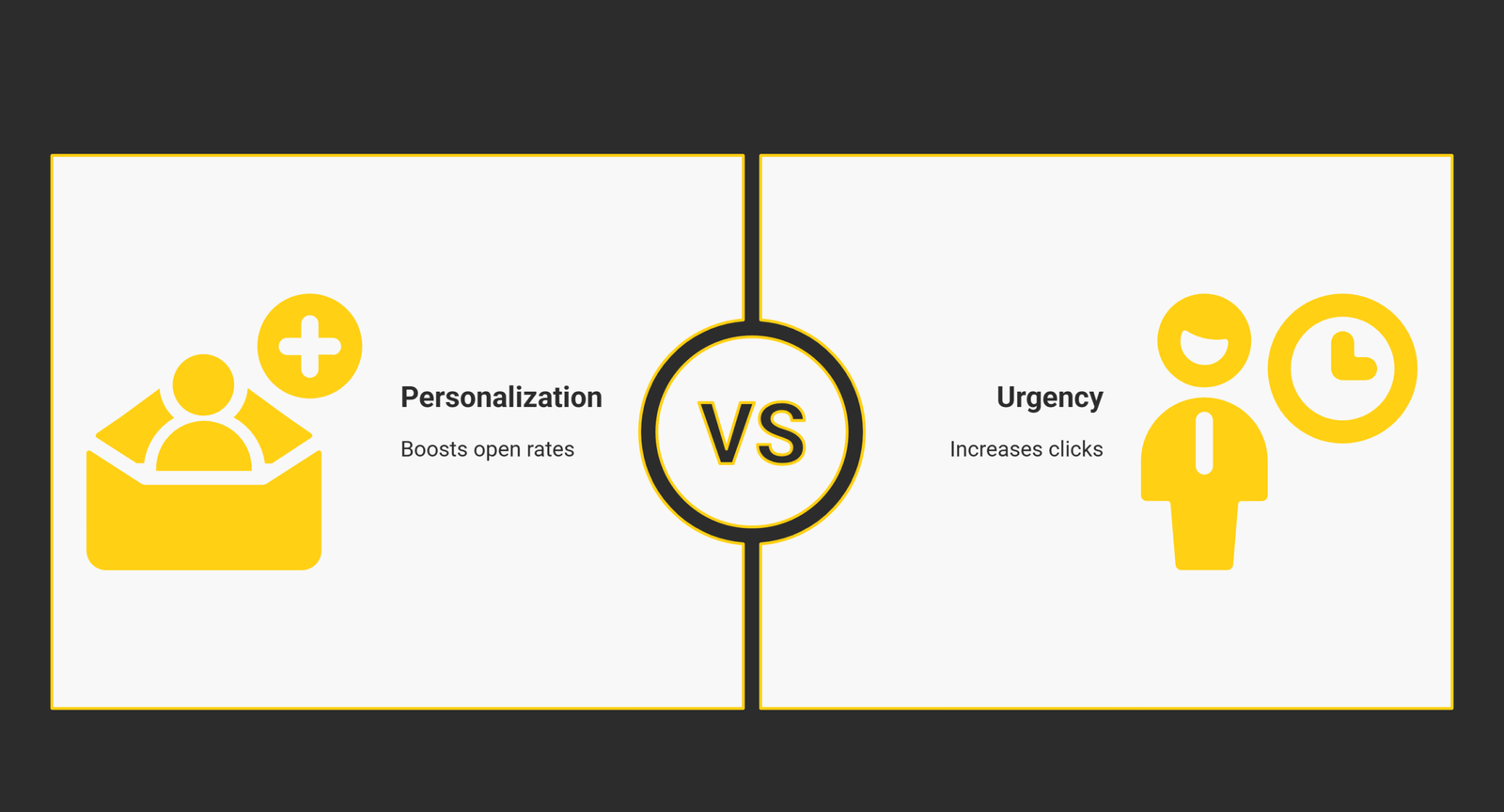
Data-backed tip: Subject lines with personalization boost open rates by 26%, and including urgency (“today only,” “ends soon”) increases clicks by 22% (Campaign Monitor, 2025).
Try A/B testing different emotional triggers:
- Curiosity: “You won’t believe what’s inside…”
- Urgency: “Last chance to get 50% off”
- FOMO: “Spots are going fast—don’t miss out”
Compelling CTAs Are Non-Negotiable
A strong call-to-action (CTA) is like a spotlight on the next step. Don’t hide it in a sea of copy. Make it clear, clickable, and conversion-focused:
- Yes: “Claim Your Discount”
- No: “Click here for more info”
Use CTA buttons that contrast with your email’s design and repeat them if necessary. People need more than one nudge.
Go Omnichannel for Maximum Reach
Want to amplify your promotion? Extend your messaging across channels:
- Tease it on Instagram Stories
- Retarget via Facebook Ads
- Embed it into your landing page headline
Email is the linchpin—but omnichannel promotion is the growth engine.
Use Social Proof + Scarcity
If you’ve got testimonials, reviews, or case studies, use them. Emails with social proof see 33% more clicks (AudiencePoint, 2024).
Pair that with limited-time offers, countdown timers, or low-inventory signals to activate decision-making urgency.
Putting It All Together: The 4 Ps in Action
At this point, if you’re still asking “What Are The 4 Ps of Email Marketing?”, you’re really asking: How do I use them together to build smarter, higher-performing campaigns? Because the true power of the 4 Ps lies not in their individual parts—but in how they work as a system.
Let’s review:
- Product is the value you deliver—tailored to the needs of segmented audiences.
- Price is the perceived worth of your offer—framed with urgency, exclusivity, and ROI.
- Place is where and how your emails show up—delivered with precision and optimized for experience.
- Promotion is the engine—the strategy, messaging, and psychological cues that drive opens, clicks, and action.
When aligned, these four pillars create a flywheel of email marketing strategy that doesn’t just send messages—it moves people.
Let’s See It in Action: A Sample Campaign Flow
Imagine you’re launching a new productivity tool:
- Product: A premium AI writing assistant for solopreneurs.
- Price: 14-day free trial + 50% off for early adopters.
- Place: Delivered to segmented leads who downloaded a previous ebook—optimized for mobile, sent at peak time.
- Promotion: Subject line: “Unlock Your 2-Week Head Start – Just for You”, followed by user testimonials and a bold CTA: “Start Your Free Trial Now”.
That’s how you turn a generic launch into a personalized, high-converting, value-rich email experience.
Want to Level Up? Audit Your Next Email Campaign With the 4 Ps:
Use this checklist before every send:
- Does my product deliver immediate value or solve a problem?
- Am I framing the price around ROI or incentive?
- Have I segmented the list to ensure smart placement?
- Is my promotion compelling, urgent, and conversion-focused?
If you can check all four boxes, you’re not just sending emails—you’re building momentum.
Conclusion
If you’ve ever felt like your email marketing efforts were falling flat—or worse, being ignored—it’s likely not your tool, template, or timing. It’s the lack of a cohesive framework. And now, you’ve got one.
So the next time someone asks, “What Are The 4 Ps of Email Marketing?”, you won’t just rattle off a textbook definition. You’ll understand how to apply them to every campaign:
- Delivering a clear and relevant product
- Communicating compelling value
- Sending to the right people at the right time
- Crafting promotions that cut through noise and spark action
The real beauty of this framework is its adaptability. Whether you’re a solo creator, a startup marketer, or leading a multi-brand operation, the 4 Ps help you stay grounded, strategic, and focused on what really drives results: audience engagement and business growth.
Ready to Transform Your Email Strategy?
Use the 4 Ps as your blueprint. Audit your next campaign. Rework that upcoming newsletter. And if you’re hungry for more high-impact strategies, we’ve got just the thing.
Read the full guide here for templates, case studies, and bonus tips on optimizing each P for maximum ROI.
Your inbox is your battlefield—and now, you’ve got the ultimate tactical advantage.
Let’s build emails that get opened, get read, and get results.
framework, subscriber engagement, conversion tips, content optimization, retention strategy, brand awareness.
Frequently Asked Questions on The 4 Ps of Email Marketing
What Are The 4 Ps of Email Marketing?
The 4 Ps of Email Marketing are Product, Price, Place, and Promotion—a digital adaptation of the classic marketing mix. In email campaigns, they represent:
- Product: The value or solution you’re offering (e.g., content, service, promo).
- Price: The perceived benefit of your offer, including deals and incentives.
- Place: The audience targeting and inbox placement strategy.
- Promotion: How you creatively present and distribute your message.
Why Are the 4 Ps Important in Email Marketing?
The 4 Ps provide a strategic framework that ensures your emails aren’t just sent—they’re effective. By aligning content, segmentation, and delivery with proven marketing fundamentals, you can boost:
- Open rates and click-throughs
- Conversion optimization
- Email marketing ROI (which averages $42 for every $1 spent, per DMA 2025)
How Do I Apply the 4 Ps to My Email Campaigns?
Here’s a quick-start approach:
- Start with a clear product message tailored to your audience’s interests.
- Offer a strong value proposition—use incentives like discounts or exclusives.
- Optimize your delivery using segmentation, mobile responsiveness, and proper timing.
- Craft engaging promotions using strong CTAs, personalization, and urgency.
Is the 4 Ps model still relevant for modern digital marketing?
Yes—100%. The 4 Ps remain one of the most enduring frameworks in marketing strategy. In email marketing, they act as a foundation for:
- Stronger campaign structure
- Better audience engagement
- Measurable growth across key KPIs
The framework’s flexibility makes it adaptable across industries, B2B and B2C alike.
What are some tools that help implement the 4 Ps in email marketing?
To streamline your strategy around the 4 Ps, consider using:
- Product: Canva, Figma, and Grammarly for content and visuals
- Price: Shopify, Gumroad, or WooCommerce integrations
- Place: Mailchimp, Klaviyo, ConvertKit for segmentation & timing
- Promotion: A/B testing tools, SubjectLine.com, and marketing automation platforms like ActiveCampaign or HubSpot


